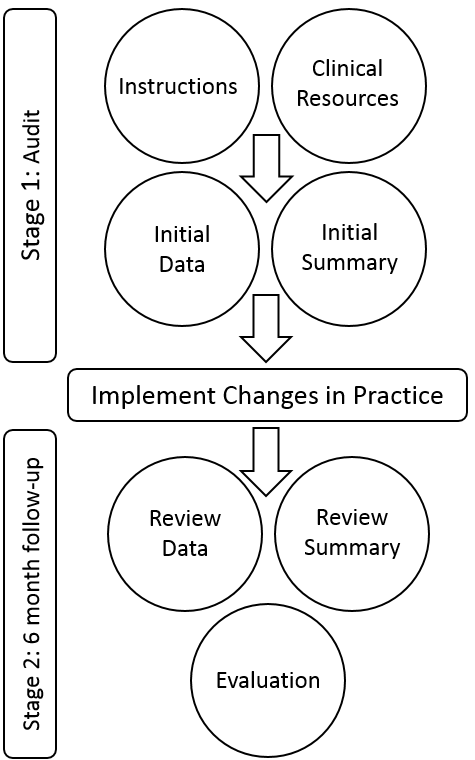Audit & Feedback
Introduction
The Australian cardiovascular disease prevention guidelines for assessment (2009) and management (2012) have been in place for more than 5 years, but many patients are still unaware of their “absolute risk” and GPs report difficulties communicating this concept to patients. Most high risk patients are still not prescribed the recommended medication for both blood pressure and cholesterol, and many low risk patients are taking medication they are very unlikely to benefit from. Sometimes there may be good reasons for this, but an informed decision making process requires better use and communication of absolute risk calculators.
Completing this exercise will take you through an online version of the guidelines linked to new features that are designed to help you evaluate the evidence for your patient and communicate this to them. After reviewing management for 10 patients you can complete the self-directed Clinical Audit form to apply for 40 QI&CPD points, follow the instructions here.
It involves the following steps:
- Instructions: overview of steps
- Clinical resources: watch a short video about the new features in the online guidelines, read and comment on examples for low/moderate/high risk patients (commenting is optional)
- Initial data: enter data for 10 patients from your own medical records
- Initial summary: receive tailored feedback on patient management compared to guidelines and other GPs, develop an action plan, print your initial summary and swap feedback with another GP (this part is anonymous & optional)
- Implement changes: follow action plan and use the new website with your patients over the next 6 months
- Review data: update record of actions taken for the 10 patients you entered initially
- Review summary: receive updated feedback on patient management, print your summary to compare to the initial summary
- Evaluation: reflect on changes made and complete the self-directed Clinical Audit form to apply for 40 QI&CPD points

